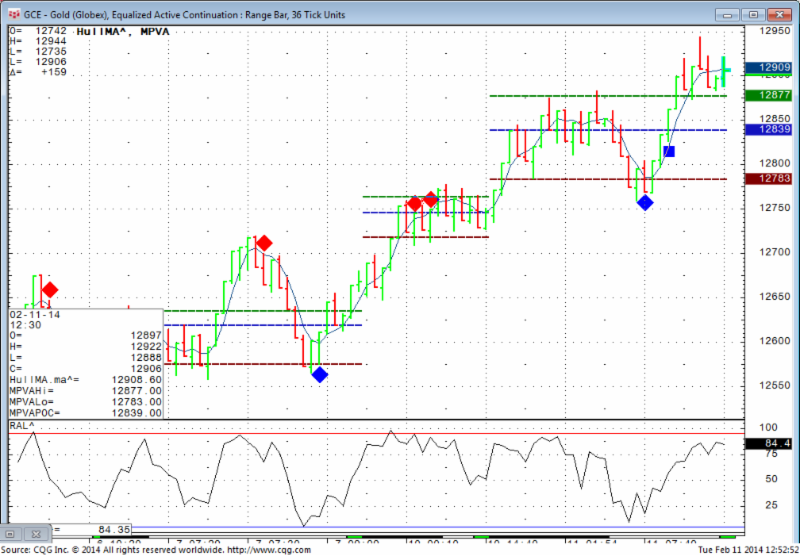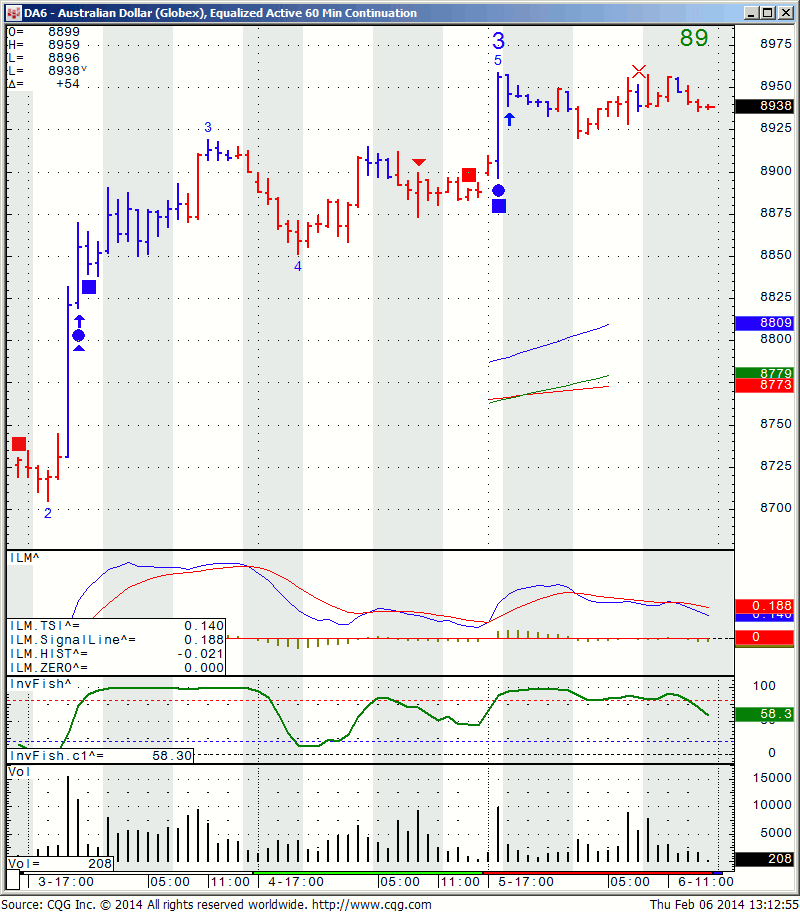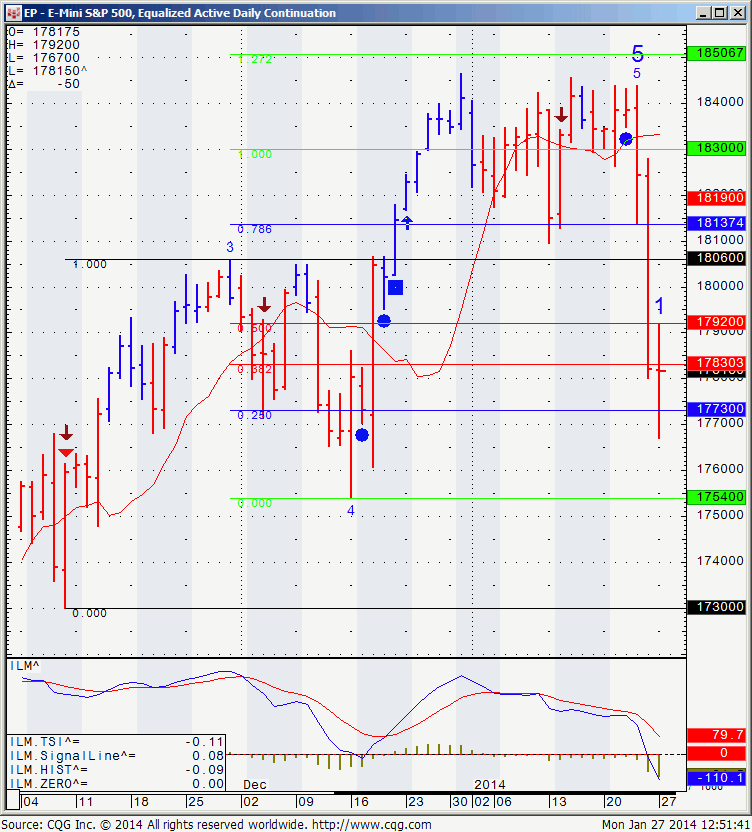Considering Futures Commodities Trading?
What is FCT? When buying futures you are entering into what is called a futures contract. This contract is an agreement to buy or sell the commodities at a fixed price at a later date. The fixed price is determined by the commodity profile of the exchange upon which you are trading. The commodity profile determines what is called the contract size. By using various strategies on the exchange you can profit or lose from either a drop or an increase in the price of the underlying commodity. There are two core positions you can take when trading futures, long and short depending upon whether you think the price will rise or fall. The advantage of trading in futures is that your investment is only a percentage of the price of the value of the contract, this is buying on margin. Typically, margins are anywhere from 3-20%.
The strategy is then to gain an increase on your margin investment based upon the daily price fluctuation of the underlying commodity. In taking a long position you agree to buy the contract at a later date at the fixed price with the option to sell early in the event the price per share goes up, adding to your margin. In taking a short position you agree to sell the contract at a later date with the option to buy back the contract at its decreased value in the event the price per share goes down, again, adding to your margin investment. Traditionally, what is described here is the process of two interwoven financial instruments; options contracts and futures contracts. The two are distinguished by the obligations put on the buyers and sellers.
Whereas futures contracts obligates the buyer to buy and the seller to sell unless the holder’s position changes prior to the set delivery date, the options position holds that the buyer has the option, yet is not obligated to, buy or sell the contract at a set price at any time during the duration of the contract up until expiration. Another feature contributed by the options position is the marginal investment, also known as a performance bond. Both long and short position holders are required to contribute this security deposit to ensure their position on the contract. Depending upon the daily market fluctuation of the price of the underlying commodity, the performance bond acts as a leverage vehicle that credits and debits a trader’s account on a twice daily basis from the pre-deposited funds. A broker may also perform a margin call to the client when the margin investment account falls below predetermined performance requirements set for the contract. Singular positions on futures contracts, in and of themselves are the riskiest investments in futures trading. Certain strategies can be employed to minimize risk and maximize returns on marginal investments. Another way to hedge you against unfavorable changes in the market is by utilizing a spread. One spread is to go long a nearby month and go short a later month. Another spread is to utilize related commodities/ contracts. Long wheat, short corn or long ten year bonds, short 30 year bonds. More on commodity spreads at: https://www.cannontrading.com/community/trading-futures-spreads.
Continue reading “How to Open a Commodities Trading Account”





